Two-tone electroplating is a common surface treatment process we see, used on many products or parts. Want to understand how to achieve two-tone electroplating? This article introduces this unique part electroplating technology in detail, with rich content, providing the most practical experience and information to help you understand everything about two-tone electroplating.
Two-tone electroplating is a unique part electroplating technique. In the design world, top creative masters have long favored a secret weapon - the two-tone electroplating technology. Its unique dual color combination injects unlimited inspiration and imagination into product design. Have you seen which masters cleverly use two-tone electroplating to "turn metal into gold" for products? This article will unveil the veil for you.
Two-tone electroplating is an electroplating process that attaches two different materials to the metal surface. This process allows designers to cleverly combine two colors and textures to create works with a sense of hierarchy and visual impact. In the following sections, we will delve deep into the two-tone electroplating process and understand its applications in different fields.
In the two-tone electroplating process, the metal substrate first needs to be cleaned and pre-treated to ensure a clean surface free of impurities. Then, in an electrolyte, two different metal salt solutions are connected to two electrodes.
During electroplating, the anodes in the metal salt solution will release metal ions, while the cathodes on the metal substrate will adsorb these metal ions and gradually deposit to form a metal layer. Since two metal salt solutions are plated in different areas, respectively, the color and properties of the metal layer will also be different, thus achieving a two-tone effect.
1. Let's first look at the magician Louis Vuitton, who cleverly applied two-tone electroplating to the metal accessories of handbags, turning the simple metal buckles into charming fashion elements.
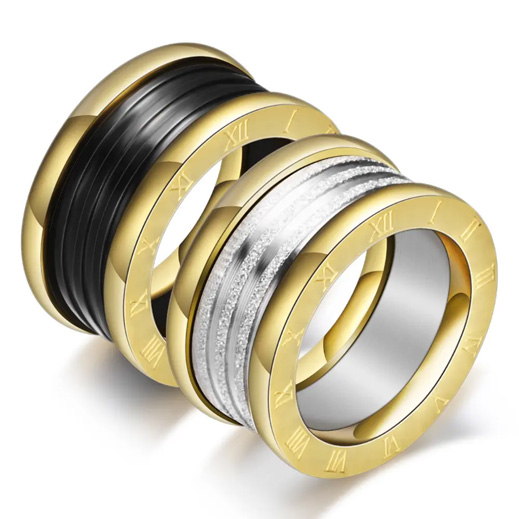
2. Then there is the great artist Dior, who layered two-tone electroplating on the frames of his new sunglasses, creating a complex and dreamy visual impact.

3. Next is the design master James Dyson, who outlined the streamlined body of the new fan with two-tone electroplating, adding dynamism to the simple home appliance.
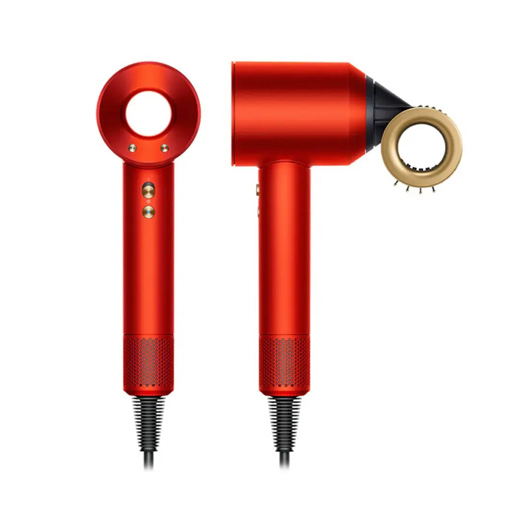
4. Luxury products like rings, watches and so on also make extensive use of two-tone and multi-color electroplating.
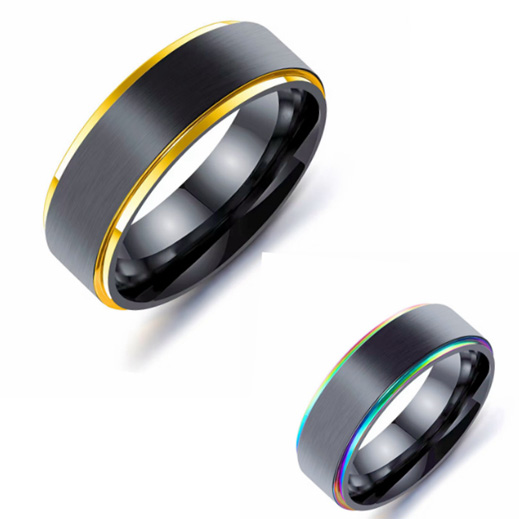
In creative design, breaking tradition is a constant pursuit of designers. The two-tone electroplating process provides designers with a unique innovative space to break the limitations of traditional monochromes and create richer and more diverse works. Challenging traditions and daring to try new design techniques is the constant path of exploration for creative masters.
Before the first color electroplating, use non-conductive coating or patches to mask the areas to be electroplated with the second color. After the first color electroplating is completed, remove the masking and proceed with electroplating the second color.
Use non-conductive isolation layers to divide the workpiece into two electroplating areas for electroplating the two colors separately. The isolation layer can be plastic, rubber or other insulating materials.
Adjust the electrolysis conditions of the two plating solutions to make the plating rates of the two baths different. Control the plating time to achieve plating of two colors as needed.
Guide the two colored plating solutions to different areas through liquid flow directions to achieve two-tone electroplating.
After the first color electroplating, perform local anodic oxidation treatment on designated areas to lose conductivity, then proceed with electroplating the second color.
Achieving two-tone electroplating requires a series of careful steps and professional techniques. The specific implementation process is as follows:
Before starting a two-tone electroplating project, you first need to determine your design plan and choose suitable color combinations. You can choose colors that form a striking contrast, or more harmonious tones. It is important to ensure that the design scheme matches the purpose and style of the parts to add unique charm.
Before electroplating, the part surface must be cleaned, flattened and free of any impurities. Thoroughly clean the parts, removing oil, dirt and old electroplating coating. Use appropriate treatment methods such as acid washing, alkaline washing or electrolytic degreasing to ensure a smooth surface.
Before electroplating, it is necessary to carefully shield and protect each area of the parts to prevent unnecessary plating. Use professional masking tape and plastic film to protect areas that do not need to be plated, ensuring that plating is only applied to designated areas.
The first step is to apply the first colored electroplating coating. Use a suitable plating solution to evenly coat the part surface, ensuring a thin and uniform coating. Use professional plating equipment and techniques to ensure optimal results.
After completing the first electroplating coating, the parts need to be placed in a professional plating tank for processing. Set appropriate plating parameters according to the type of plating solution and the material of the parts, so that the plating coating is closely combined with the part surface.
After plating the first coating, it is necessary to mask and protect the completed areas for plating the second color. Use tape and plastic film to protect the first coating, ensuring that the new plating only covers the designated area.
After masking the first plated area, you can start applying the second colored electroplating coating. Use the same method to evenly coat the second coating on the part surface. Ensure a smooth and natural transition, avoiding unclear color boundaries.
Similar to the first electroplating, the second electroplating coating also needs to be processed. Ensure that the quality and thickness of the plating coating meet the requirements to achieve the best effect of two-tone electroplating.
The final step is fine grinding and polishing of the parts. Remove possible flaws and sanding marks to add a smoother effect to the two-tone electroplated surface.
Implementing two-tone electroplating technology brings many advantages. Here are the advantages and precautions of two-tone electroplating:
Unique visual effect: Two-tone electroplating gives parts striking contrasting colors, making them uniquely attractive among many products, increasing aesthetic appeal.
High durability: Through electroplating processing, the electroplated coating is firmly bonded to the part surface, increasing the durability and corrosion resistance of the parts.
High customizability: Two-tone electroplating can be custom designed according to customer requirements to meet special needs and style requirements of different parts.
Environmental friendliness: Compared to traditional painting technology, the electroplating solutions used in two-tone electroplating can be recycled, reducing resource waste and being more environmentally friendly.
Strong adhesion: The electroplated coating can form a uniform and firm bond on the part surface, improving the adhesion and stability of the coating.
1. Choose suitable plating solutions: Before achieving two-tone electroplating, compatible plating solutions must be selected to ensure a smooth transition between the two colors.
2. Maintain a clean plating environment: Keeping the plating environment clean is very important during the two-tone electroplating process. Any impurities or dirt may affect the plating effect, causing uneven color distribution or quality problems. Therefore, before plating, be sure to thoroughly clean the work area and ensure that all tools and equipment are clean.
3. Avoid metal interference: In two-tone electroplating, different metals may interfere with each other. For example, certain metal combinations may react with each other during plating, causing color instability or distortion. Therefore, when selecting metal combinations, designers should carefully study the compatibility between different metals to avoid accidents.
4. Professional technical requirements: Two-tone electroplating is a complex technical activity that needs to be operated by professional electroplaters to ensure effect and quality.
5. Precise control of plating parameters: During electroplating, plating parameters such as current density, temperature and time must be precisely controlled to ensure the quality of the electroplated coating.
6. Strict environmental requirements: The electroplating process needs to be carried out in a professional electroplating workshop to ensure a clean environment and prevent impurities and dust from affecting the electroplating quality.
7. Regular maintenance: Parts with two-tone electroplating need regular maintenance to avoid collisions and scratches, keeping the electroplated coating intact.
The time required to achieve two-tone electroplating depends on the size and complexity of the parts and the skill level of the electroplater. Generally, a two-tone electroplating project takes several days to a week to complete.
Two-tone electroplating is suitable for most metal materials such as copper, silver, gold, stainless steel, etc. However, some materials may be incompatible with certain metal combinations and need experimental verification.
Professionally done two-tone electroplating will not negatively affect the quality of parts. On the contrary, it can increase the durability and aesthetics of parts.
Two-tone electroplating is suitable for most types of parts, including automotive parts, furniture, crafts, etc. But parts with special materials and shapes need professional evaluation.
When maintaining parts with two-tone electroplating, avoid using corrosive and abrasive cleaners, regularly wipe the surface to keep it smooth, and avoid collisions and scratches.
Traditional painting usually uses only one color of paint, while two-tone electroplating uses two different colored electroplating coatings and achieves the color transition effect through precise boundary control.
The cost of two-tone electroplating varies depending on factors such as project complexity, electroplating solutions used, and electroplater fees. In general, two-tone electroplating is relatively expensive, but its uniqueness and high-quality feel are worth investing in.
Two-tone electroplating is a unique part electroplating technology that gives parts unique visual effects and higher durability by applying two different colored electroplating coatings. Achieving two-tone electroplating requires strict steps and professional techniques, but the advantages and aesthetics are worthwhile. Whether it is car modification or parts customization, two-tone electroplating can add a lot of color to the product. As one of the leading CNC machining companies in China, Richconn hopes this article provides you with a comprehensive understanding of two-tone electroplating technology.
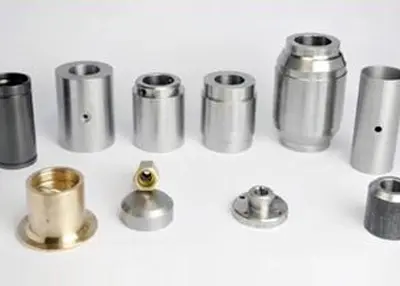 Unlocking the World of Machined Bushes: Your Comprehensive GuideNovember 8, 2023Are you ready to delve into the fascinating world of machined bushes? If you're curious about what machined bushes are, how they are made, where they are used, and how to choose the right ones for your specific needs, you've come to the right place. I'm here to guide you through this journey of discovery.view
Unlocking the World of Machined Bushes: Your Comprehensive GuideNovember 8, 2023Are you ready to delve into the fascinating world of machined bushes? If you're curious about what machined bushes are, how they are made, where they are used, and how to choose the right ones for your specific needs, you've come to the right place. I'm here to guide you through this journey of discovery.view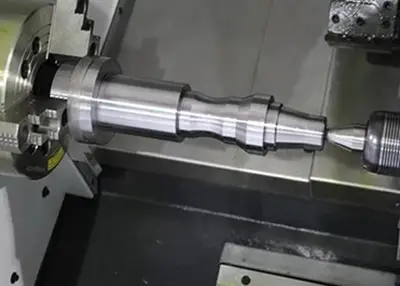 Different Types of Lathe Tools for CNC Lathe Machine and ApplicationsJanuary 10, 2024What are lathe tools? What are their essential components, types and classifications? Trust Richconn as your reliable partner for CNC machining solutions.view
Different Types of Lathe Tools for CNC Lathe Machine and ApplicationsJanuary 10, 2024What are lathe tools? What are their essential components, types and classifications? Trust Richconn as your reliable partner for CNC machining solutions.view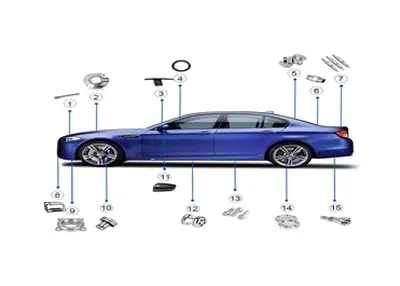 CNC Automotive Parts and Next-gen VehiclesJanuary 5, 2024Driving down the road in the not-so-distant future will be an experience unlike any other. As advances in technology continue to shape the automotive industry, one particular innovation is set to revo...view
CNC Automotive Parts and Next-gen VehiclesJanuary 5, 2024Driving down the road in the not-so-distant future will be an experience unlike any other. As advances in technology continue to shape the automotive industry, one particular innovation is set to revo...view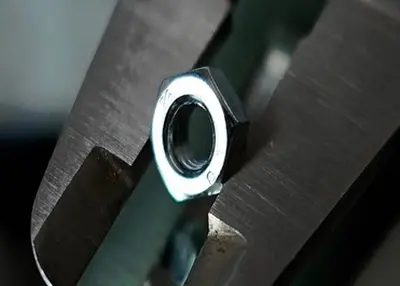 Precautions for Stamping Dies 1July 11, 2023Spring compression and calculationIn a set of stamping dies, more elastic materials need to be used, including springs of different specifications, urethane, nitrogen springs, etc., and different elas...view
Precautions for Stamping Dies 1July 11, 2023Spring compression and calculationIn a set of stamping dies, more elastic materials need to be used, including springs of different specifications, urethane, nitrogen springs, etc., and different elas...view CNC Powder Coating in Healthcare Equipment ApplicationsFebruary 29, 2024In the world of healthcare equipment, precision and durability are of the utmost importance. From monitoring devices to surgical tools, every piece of equipment must be able to withstand the demanding...view
CNC Powder Coating in Healthcare Equipment ApplicationsFebruary 29, 2024In the world of healthcare equipment, precision and durability are of the utmost importance. From monitoring devices to surgical tools, every piece of equipment must be able to withstand the demanding...view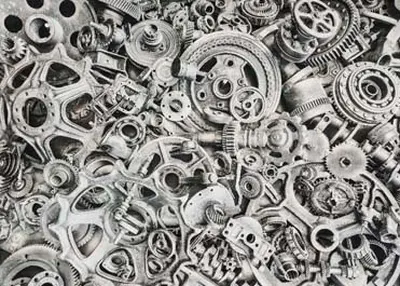 In-Depth Overview: What Are Non-Ferrous Metals?August 7, 2023Metals may be found everywhere and are used for a variety of purposes. There are two different types of metals, ferrous and non-ferrous—based on how much iron they contain. Non-ferrous metals are a c...view
In-Depth Overview: What Are Non-Ferrous Metals?August 7, 2023Metals may be found everywhere and are used for a variety of purposes. There are two different types of metals, ferrous and non-ferrous—based on how much iron they contain. Non-ferrous metals are a c...view